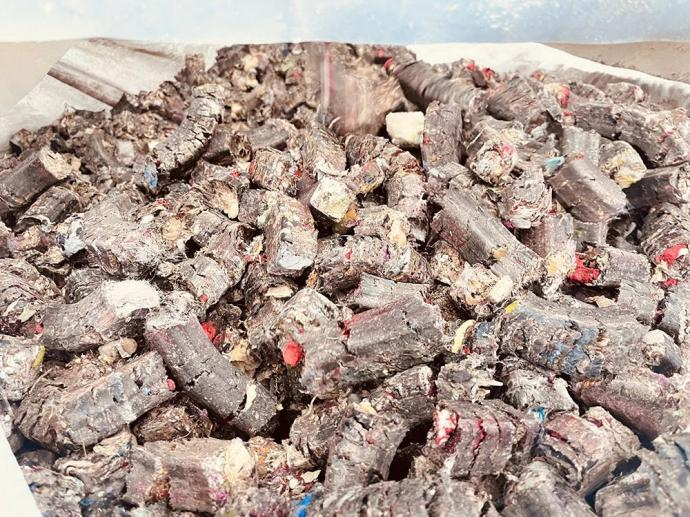

oct. . 31, 2024 19:03 Back to list
How to Recycle Computer Boards A Comprehensive Guide
In today's technology-driven world, electronic waste, particularly computer boards, has become a significant environmental concern. As devices become obsolete at a rapid pace, learning how to recycle computer boards responsibly is essential to minimize their impact on our planet. This article will guide you through the process of recycling computer boards while highlighting the benefits and methods associated with it.
Understanding Computer Boards
Computer boards, also known as circuit boards, are integral components of electronic devices. They are made up of various materials, including copper, aluminum, plastic, and precious metals like gold and silver. While these materials are vital for the functionality of devices, improper disposal can lead to environmental contamination and health hazards due to the toxic substances often found in electronic waste.
Why Recycling is Important
Recycling computer boards is crucial for several reasons. First, it conserves natural resources by recovering valuable materials that can be reused in manufacturing new products. This reduces the need for mining and extraction, which can be harmful to the environment. Second, recycling helps prevent hazardous materials from leaching into the soil and water systems, thus protecting ecosystems and human health. Lastly, the process fosters a circular economy where materials are repurposed, promoting sustainability.
Steps to Recycle Computer Boards
1. Collect Your Old Electronics Start by gathering all your outdated or non-functioning electronic devices, including computers, laptops, and other items that contain circuit boards.

2. Identify E-Waste Recycling Centers Research local e-waste recycling facilities or programs. Many electronics retailers and municipalities offer dedicated drop-off points for e-waste. Ensure that these centers are certified and follow environmentally responsible recycling practices.
3. Remove Batteries and Accessories Before recycling, remove any batteries, cables, and other accessories from the devices. Batteries, in particular, contain chemicals that require special handling. Many recycling programs accept batteries separately.
4. Segregate the Materials If you have the skills and tools, consider disassembling the devices to separate the computer boards from other components. This can be time-consuming but may enhance recycling efficiency and maximize recovery of valuable materials.
5. Utilize Mail-In Programs or Certified Recyclers If local options are limited, many companies offer mail-in recycling programs for electronics. Ensure the company you choose is certified and has a transparent recycling process to minimize environmental impact.
6. Support Donation When Possible If the devices are still operational, consider donating them to schools, charities, or organizations. This extends the life of the equipment and helps reduce waste.
Conclusion
Recycling computer boards is a responsible action that contributes positively to our environment. By taking the time to understand the recycling process and making an effort to dispose of electronic waste properly, we can collectively reduce our ecological footprint. Remember, every effort counts; your small actions can lead to significant environmental benefits. Let’s commit to recycling our electronic waste and pave the way for a sustainable future.
Latest news
Troubleshooting Common Eddy Separator Problems
NewsJul.04,2025
The Role of Metal Recycling Plants in Circular Economy
NewsJul.04,2025
The Impact of Recycling Line Pickers on Waste Management Costs
NewsJul.04,2025
Safety Features Every Metal Shredder Should Have
NewsJul.04,2025
How Industrial Shredders Improve Waste Management Systems
NewsJul.04,2025
How Cable Granulators Contribute to Sustainable Recycling
NewsJul.04,2025